Get acquainted with the perspective compression of long-focus lens
2018.07.19
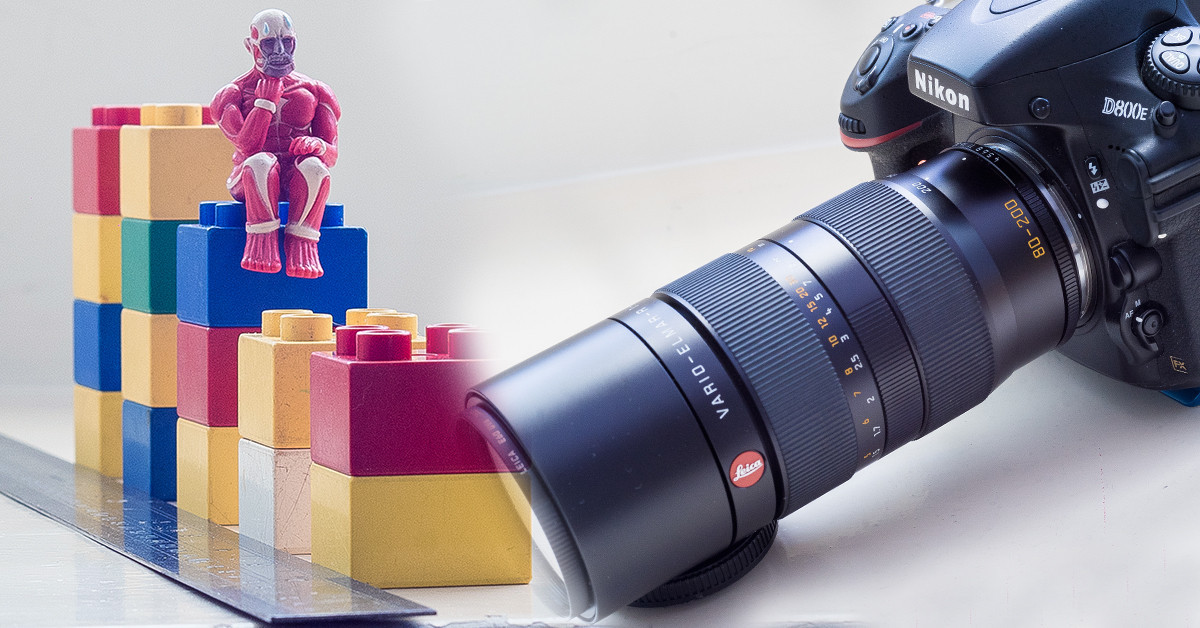
“Most people know long-focus lens for its purpose to shoot subjects from afar, and if that’s the case, wouldn’t it suffice to just use a short focal lens while closing in on the subject for more close up shots? Actually, every lens brings out its own unique charm at different focal lengths, and different effects can be captured by a long-focus lens depending on if you chose to walk closer to the subject or simply zoom in on it. This article will dive into the reasons of these differences by demonstrating through examples.”
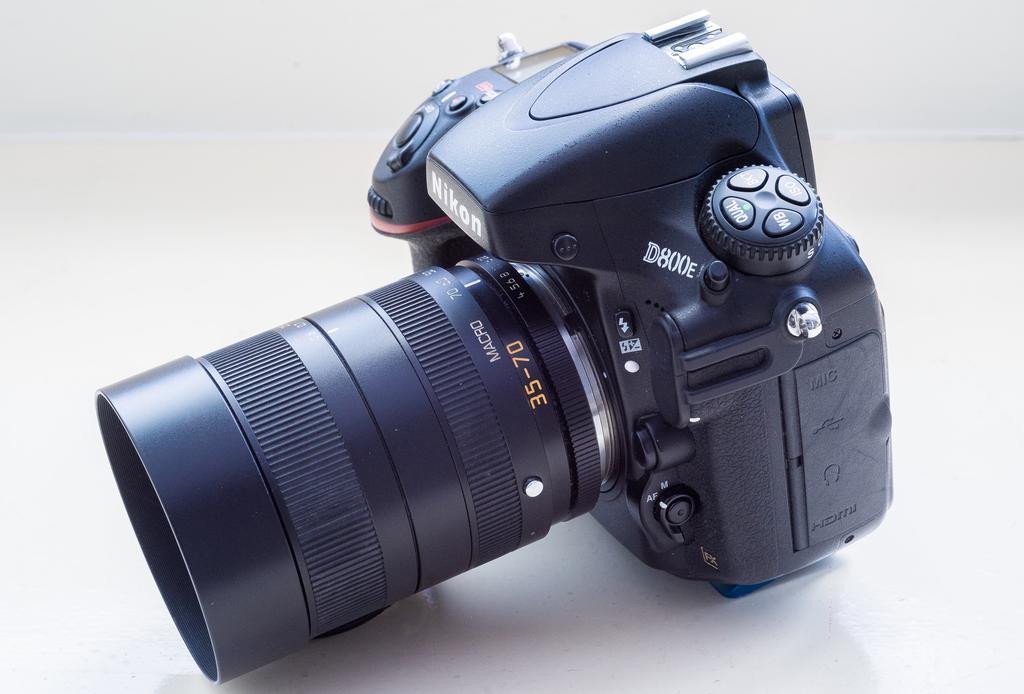
The lens I will be using today is the Leica R 35-70 f4 as seen in the above image. This lens can be considered as one of Leica R’s Little Threes in the series of a mid-range zoom lens(with a constant aperture of f4). With this lens, we will be able to examine the differences between the results of when shooting in 35mm(wide angle) and 70mm(telephoto). As to why the demo is done with a Little Three and not a Big Three, that is because a Leica R Big three 35-70mm f2.8 would cost up 500,000NT, so… let’s not be too picky here.
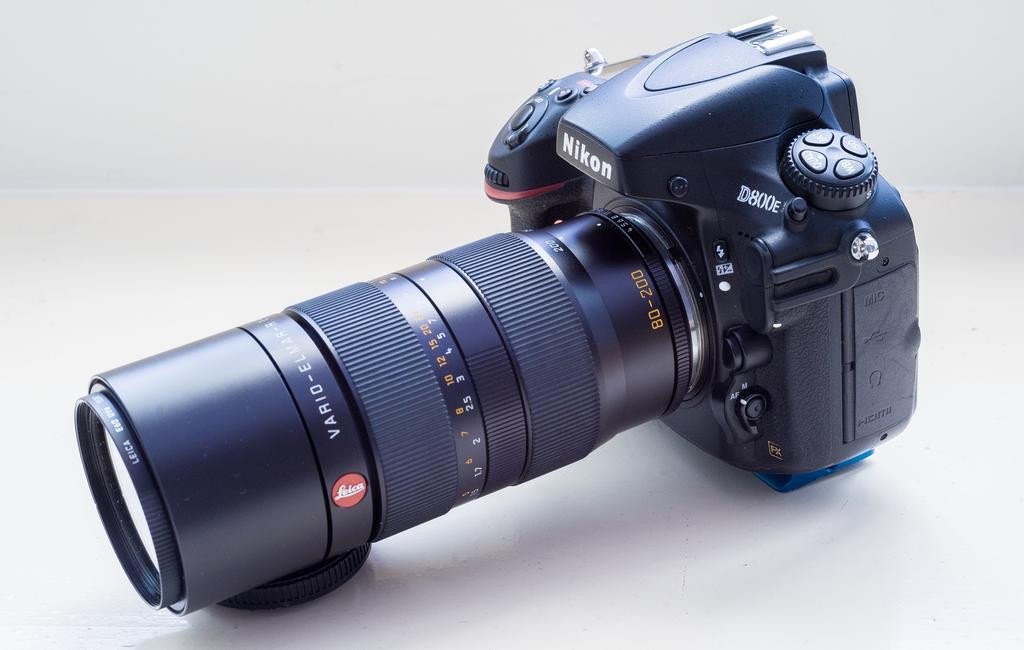
Furthermore, in order to demonstrate the difference of a lens with an even longer focal length, I’ll also be using the Leica R 80-200 f4 for its 200mm setting. By the way, when this lens came out, it was rated higher than the Canon Big Threes of the same generation by ten points by Germany’s Color Photo, and only scored lesser than Leica’s own Big Three 70-180 APO by two points. Despite that, the price of a Leica R f4 is only around one-fifth the price of a Big Three, making it an incredibly cost-effective lens. Though when digital cameras are concerned, old lenses do often have problems with chromatic aberration. So although the vibrant colours and elegant bokeh effect unique to Leica are irresistible to some, it really comes down to what you are looking for.
Concluding on the lens, let’s get back to the question regarding long-focus lens at hand. In actuality, the biggest difference between the photo results of a long-focus lens and a wide angle lens is that long-focus lenses have the effect of “perspective compression”, meaning that the distance between each objects in a photo would look shorter than it actually is. Take the picture above as an example, this is a screencap from a baseball match we’d watch on a live feed, have you noticed how short the distance between the pitcher and the batter seem? In reality, the distance between the pitcher and the batter is actually 18.4 meters, roughly the width of a 3-lane road. The reason the distance between them seem so short is that such shots are generally captured from the outfield using lenses with an incredibly long focal length. This way, the perspective of the pitcher and batter will be compressed, making them look very close to each other on screen. You will not be able to get this effect by shooting with a short focal lens(considering that you’re able to get into the field), only when you use a long-focus lens will you obtain this result.
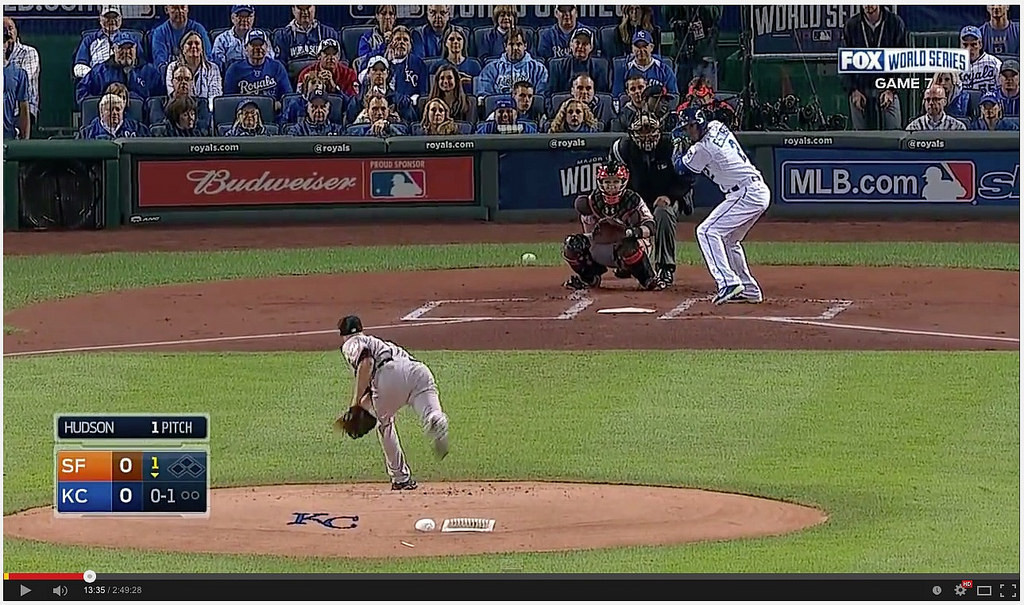
In order to prove the perspective compression effect of a long-focus lens, I will be demonstrating with this set of legos. Using the big lego bricks my kids play with, I’ve made stacks with an inch between each of them and placed a little figure from “Attack on Titan” on the stack in the middle. In the images below I’ve adjusted the distance between the camera and the figure according to the dimensions of the figure on the screen. That is so its size can stay the same in the final images when shot in different focal lengths, allowing me to explain “whether or not closing the distance can replace using a long-focus lens”.
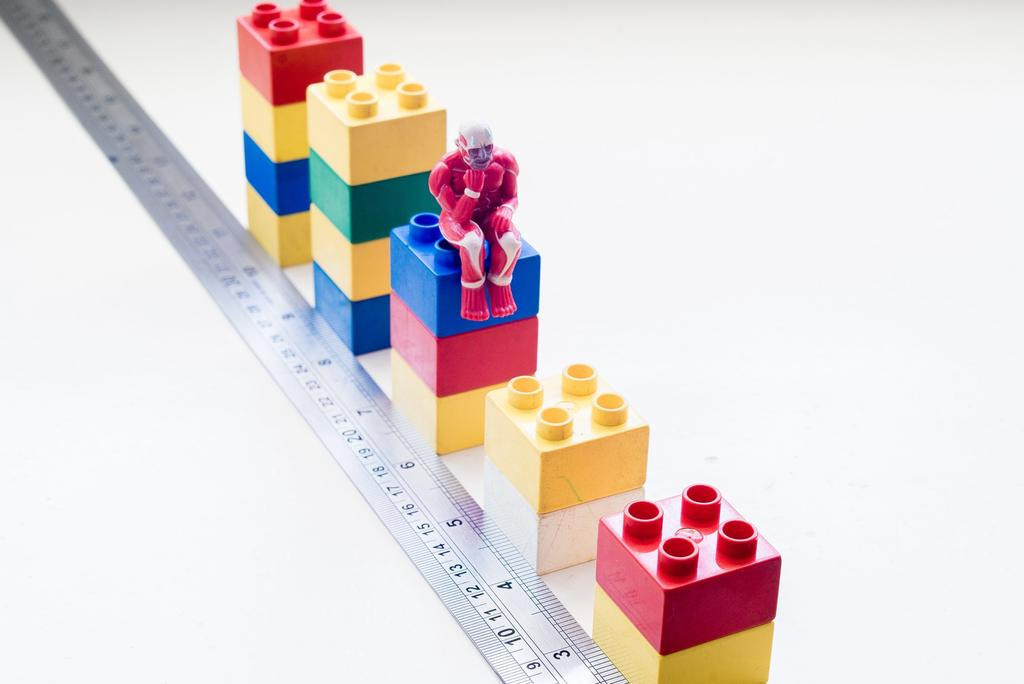
The above image is shot under 35mm, as you can see the distance between each stack looks to be more spread out, making the nine-inch distance look “as long as it actually is”.
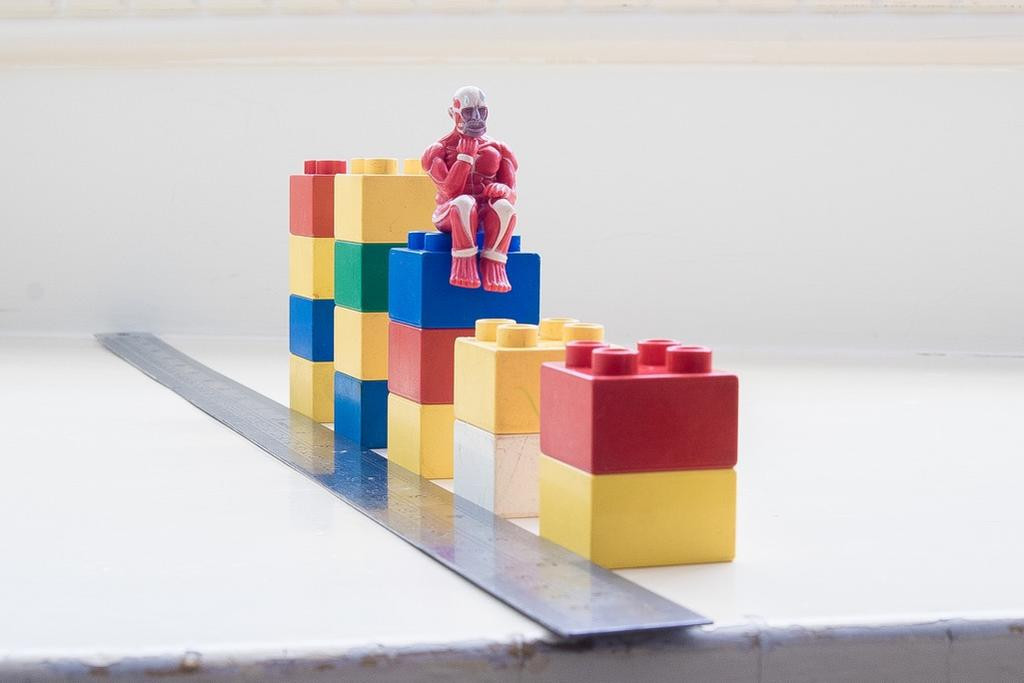
What if we shoot under 70mm? As can be seen in the above image, when capturing objects in the same size, a long-focus lens will compress the perspective of the photo, making the long distance in the original photo appear short.
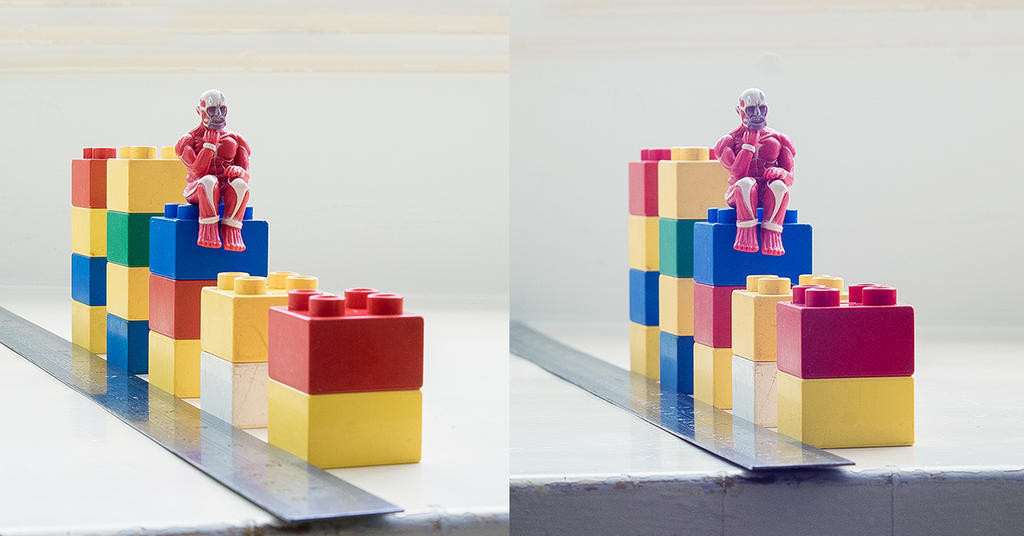
When comparing these photos side by side, we can see that the size of the figure in the two photos are the same, though since they were shot with a different focal length, there was an approximately three-meter difference between the camera’s position when shooting the two images. This demonstrates the results of “closing in on the subject instead of using long-focus lens”.
Evidently, the results are completely different depending on if you chose to close in or zoom in on your subject. Shooting with a wide angle lens(35mm) close up would preserve the perspective of the scene, however, on the other hand, shooting with a long-focus lens(70mm) would greatly compress it, making the spaces between the stacks appear very narrow and compact.
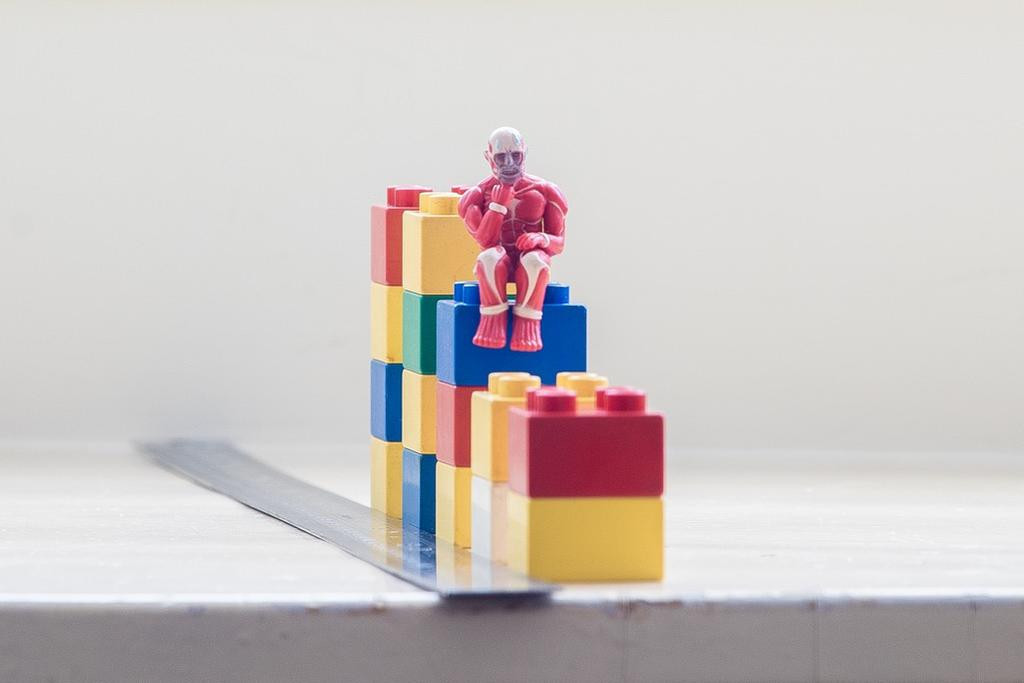
What if we back up further and shoot in 200mm? The above image shows the result! The stacks in the scene look as if they are on top of each other. Despite the total distance of nine inches, it almost looks like the stacks are piled up together for the shot, completely without spatial representation.
A long-focus lens can help us “squash” an overly spacious, empty or chaotic scene by utilizing the properties of perspective compression, allowing the scene to appear more simple and compact. On the other hand, we also cannot use a long-focus lens to “shoot a scenery from afar”, as it would distort the spatial perception and cause a spacious view in nature to appear as a compressed model set. Therefore the answer to the question of whether or not we can just walk back and forth as a photographer does in order to make up for the lack of focal length is simple. And it is no. If you are interested in our articles, you can also LIKE our page:)
相關文章
-
Camera for girls, consideration of appearance and right tech on the inside
-
Introduction to the “Three Big Dragons and Three Little Dragons” of camera lenses
-
Understand the DOF scales and hyperfocal distance, manual focus will be made simple.
-
Introduction to the classifications of Nikon manual focus lens
-
Understanding interchangeable lens through the flange focal distance
-
How to solve the problem of redshift during post-processing.
